Rhodonite
Rhodonite is a lovely pink mineral, often with black bands giving a nice contrast. It is primarily sold as tumblestones or carvings but can be used for jewellery, too.
Higher grade pieces may even be facet cut for jewellery makers.
Showing all 8 results
-
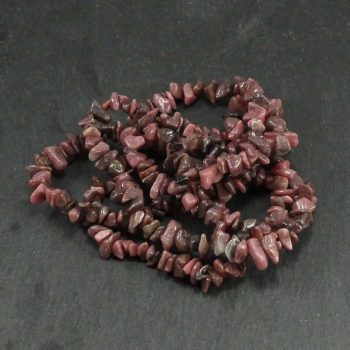
Rhodonite bead strands
£4.00 -
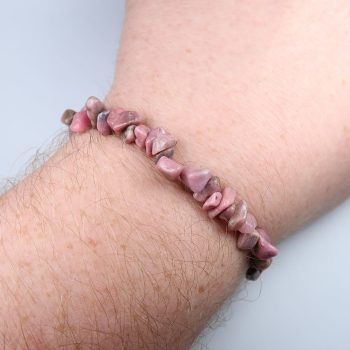
Rhodonite Bracelets
£3.95 -
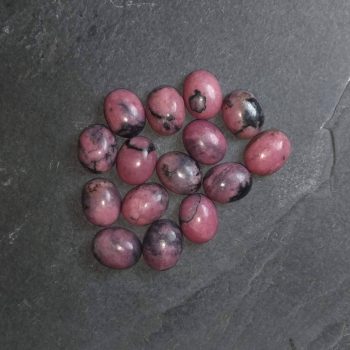
Rhodonite Cabochons
£1.35 – £7.50 -
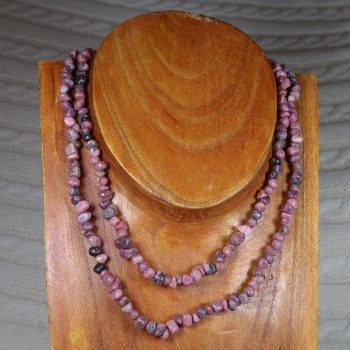
Rhodonite necklaces
£5.00 -
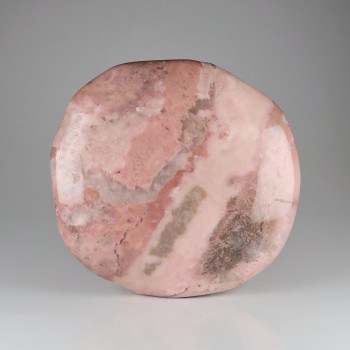
Rhodonite Palmstones
£4.00 – £6.00 -
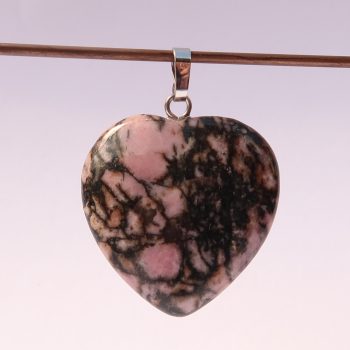
Rhodonite pendants
£1.50 – £2.50 -
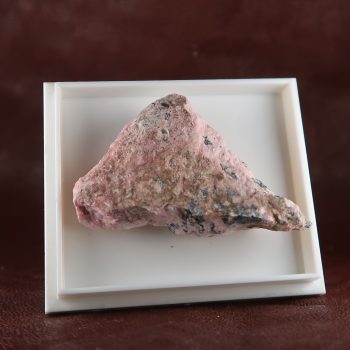
Rhodonite Specimens / Rough
£2.50 -
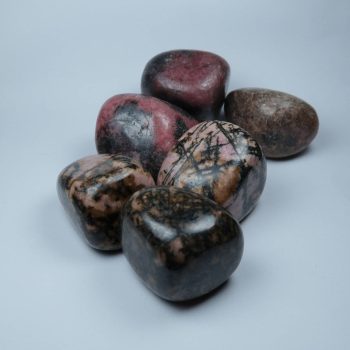
Rhodonite Tumblestones
£2.50 – £4.95
Appearance, Uses and History
The first thing to point out, really, should be to avoid confusing Rhodonite and Rhodochrosite. They are both Manganese based, pink minerals, and occasionally do look similar.
Rhodonite was once used as an ore of Manganese, but nowadays its only real use is as a lapidary material, or for mineral specimens.
In rare cases, it is faceted for jewellery usage.
Rhodonite often has black manganese oxide veins running through it, which often form criss cross lines and dendrites.
Locales
Rhodonite is found in a few pieces around the world, including Australia, Austria, Brazil, Canada, Germany, Italy, Japan, Madagascar, Peru, Russia, Slovakia, Sweden, Switzerland, the United Kingdom, and the United States.
Mineralogy
Rhodonite is a pink mineral, but often associated with black Manganese oxides which fill fractures, or as matrix. This means some pieces of Rhodonite will purely be pink, and some will be a mixture of pink and black.
The pink and black specimens are sometimes referred to as ‘bustamite’.
In addition, there are also some almost red crystalline forms.
Hazards and Warnings
Rhodonite contains Manganese, which is toxic, but the mineral itself should be considered low risk.
Almost all rocks, minerals (and, frankly, almost all other substances on earth) can produce toxic dust when cutting, which can cause serious respiratory conditions including silicosis.
When cutting or polishing rocks, minerals, shells, etc, all work should be done wet to minimise the dust, and a suitable respirator or extraction system should be used.
Translations
Arabic:
Hindi:
- रोडोनाइट
Portuguese:
- rodonita
- rodonite
Bengali:
Indonesian:
Punjabi:
English:
Italian:
Russian:
- родонит
French:
Japanese:
- ロードナイト
Spanish:
- rodonita
German:
- Rhodonit
Korean:
- 로도 나이트
Thai:
Gujurati:
Mandarin and Traditional Chinese:
Urdu:
- روڈونیائٹ
Further Reading / External Links
- https://geology.com/minerals/rhodonite.shtml
- https://en.wikipedia.org/wiki/Rhodonite
- https://www.gemsociety.org/article/rhodonite-jewelry-and-gemstone-information/
- https://www.minerals.net/mineral/rhodonite.aspx
- https://www.mindat.org/min-3407.html
